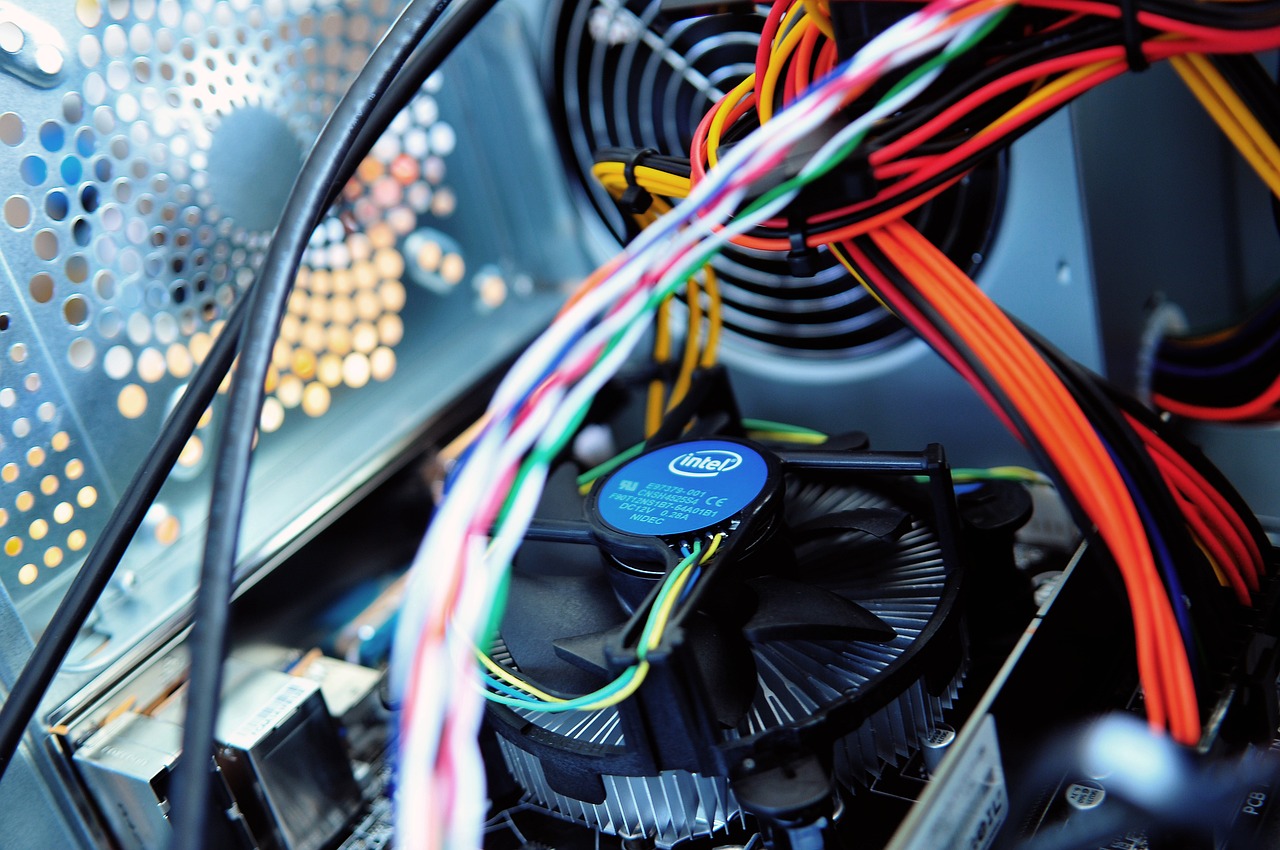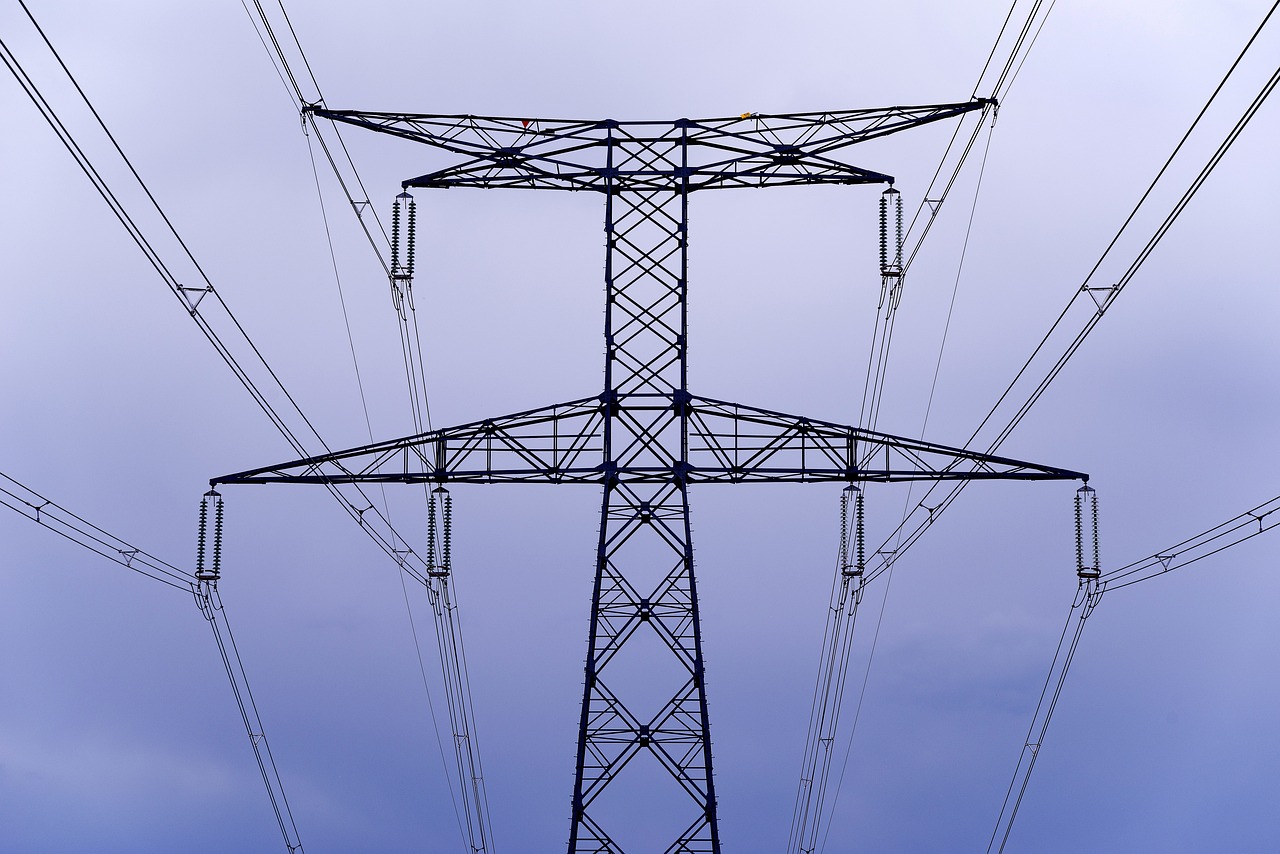Are you someone who enjoys using power equipment to get the job done faster? While power equipment can certainly make tasks easier and more efficient, it’s important to remember that they can also be dangerous if not used correctly. That’s why it’s crucial to wear proper protective gear every time you use power equipment.
In this article, we’ll discuss the different types of protective gear available, the dangers of using power equipment without protective gear, and the benefits of wearing protective gear. We’ll also cover how to properly fit and maintain your gear, as well as the legal requirements for protective gear in the workplace.
By the end of this article, you’ll have a better understanding of why wearing protective gear is so important when using power equipment.
Types of Protective Gear for Power Equipment Use
You’ll want to make sure you’ve got the right stuff on to stay safe while handling your tools. Comfort vs. protection is a common dilemma when choosing the right gear. While you want to be comfortable while working, it’s essential to prioritize your safety by opting for protective gear.
For instance, wearing loose-fitting clothes may seem comfortable, but they can easily get caught in the moving parts of the equipment. Instead, choose fitted, comfortable clothing that won’t snag on the power tool.
When it comes to protective gear, there are many brand options to choose from. Research and choose a reputable brand that provides quality gear that meets safety standards. Protective gear is essential, and you shouldn’t compromise on the quality.
Some of the essential protective gear includes gloves, safety glasses, earplugs, and a dust mask. Make sure you wear the appropriate gear for the task at hand, and always follow the manufacturer’s instructions for proper use and care.
Remember, staying safe is a top priority, and wearing the right protective gear is a crucial step towards achieving that.
The Dangers of Using Power Equipment without Protective Gear
Neglecting to don appropriate safety measures while handling machinery can lead to severe and irreparable harm. Common injuries that result from using power equipment without protective gear include cuts, burns, and eye injuries. These injuries can be avoided by wearing the appropriate protective gear, such as gloves, safety glasses, and earplugs.
The prevention methods are simple and effective. Always wear protective gear when using power equipment, even if it seems unnecessary. Regularly inspect your gear to ensure that it’s functioning properly. Keep your work area clean and free from clutter to avoid tripping hazards. Remember that the cost of not wearing protective gear far outweighs the cost of investing in it.
The impact on productivity and cost-effectiveness should also be considered when neglecting to wear protective gear. If an employee suffers an injury while using power equipment, they may need to take time off work to recover. This can result in decreased productivity and increased costs for the employer. Additionally, if the injury is severe enough, the employee may need to file a workers’ compensation claim, which can be a lengthy and expensive process.
By taking the time to wear the appropriate protective gear, employees can avoid these potential setbacks and ensure that they’re able to work safely and efficiently.

Proper Fit and Maintenance of Protective Gear
Maintaining the right fit and upkeep of safety gear is crucial to ensuring a safe and productive work environment. One of the most important aspects of protective gear is making sure that it fits properly. Ill-fitting gear can be uncomfortable and may not provide adequate protection in case of an accident.
It’s important to take the time to properly measure and fit all gear, including helmets, gloves, and goggles. Additionally, customizing gear can also help improve fit and comfort. For example, adding padding to a hard hat or adjusting the straps on safety goggles can make a big difference in how comfortable they feel.
Another common mistake is not properly maintaining gear. Regular inspections and cleaning of gear, such as replacing worn-out parts or cleaning goggles, can ensure that the gear remains effective. By making sure that safety gear fits properly and is well-maintained, workers can reduce the risk of accidents and injuries on the job.
In conclusion, taking the time to customize and maintain safety gear is just as important as wearing it in the first place. Properly fitting gear can increase comfort and effectiveness, while regular maintenance can ensure that it continues to provide adequate protection over time. By following these guidelines, workers can help create a safer and more productive work environment for themselves and their colleagues.
Benefits of Wearing Protective Gear
If you want to stay safe and avoid potential harm, don’t forget the many advantages of suiting up with the right protective gear.
Wearing proper protective gear can prevent injuries and save you from a lot of pain and suffering. When using power equipment, you’re exposed to various hazards such as flying debris, sharp edges, and loud noises. Wearing protective gear such as safety glasses, earplugs, and gloves can shield you from these hazards and reduce the risk of getting hurt.
Moreover, wearing protective gear can also increase productivity. When you feel safe and confident in your gear, you can focus more on the task at hand and complete it more efficiently. You won’t have to worry about potential injuries, which can distract you and slow down your work.
By wearing protective gear, you can work with less risk and greater peace of mind, allowing you to be more productive and achieve better results. So, always remember to wear protective gear when using power equipment to ensure safety and maximize productivity.
Legal Requirements for Protective Gear in the Workplace
You need to know the legal requirements for wearing the right gear on the job, or you’ll risk facing serious consequences that could harm you and your loved ones.
The Occupational Safety and Health Administration (OSHA) has established regulations that require employers to provide and enforce the use of personal protective equipment (PPE) in the workplace.
Employers have the responsibility to identify the hazards present in their workplace and provide appropriate PPE to protect their employees from injury or illness.
OSHA regulations require that employers provide PPE at no cost to their employees and ensure that it fits properly and is maintained and replaced when necessary.
Failure to comply with these regulations can result in fines and penalties for the employer and can put the safety of the workers in jeopardy.
As an employee, it’s your responsibility to use the provided PPE correctly and report any issues with the equipment to your employer.
Remember, wearing the right gear is not only important for your own safety, but also for those around you.
Frequently Asked Questions
Can I use regular work gloves instead of specialized gloves for power equipment?
So, you’re wondering if you can use regular work gloves instead of specialized gloves for power equipment? Well, the answer is not so straightforward.
Regular gloves might seem like a convenient option, but they lack the necessary protection that specialized gloves provide. For example, if you’re using a chainsaw, regular gloves won’t protect you from cuts and abrasions, which can lead to serious injuries.
On the other hand, specialized gloves are designed to withstand the rigors of power equipment and provide ample protection. However, they can be more expensive and might not be suitable for all types of power equipment.
So, when it comes to regular gloves vs. specialized gloves, the pros and cons of using regular work gloves boil down to your personal preference and the type of power equipment you’re using.
Is it necessary to wear eye protection even if I’m just using a small power tool?
When using small power tools, you may think it’s not necessary to wear eye protection. However, this is a common misconception about safety gear.
The truth is, eye protection is just as important for small power tools as it is for larger equipment. Small debris and dust can still fly into your eyes, causing irritation or even injury. Additionally, wearing eye protection can prevent long-term damage from exposure to bright lights or harmful UV rays.
Overall, the benefits of eye protection in power tool usage far outweigh any inconvenience or discomfort. So, make sure to always wear proper eye protection when using any type of power tool, no matter how small.
How often should I replace my protective gear?
When it comes to protecting yourself while using power equipment, it’s important to not only wear the proper gear but also to replace it when necessary.
How often you should replace your protective gear depends on a few factors, such as how often you use the equipment and the type of gear you’re using.
For example, helmets and safety glasses should be replaced every few years, while earplugs and dust masks should be replaced more frequently.
While the cost of replacing gear may seem daunting, it’s important to remember that the cost of an injury could be much higher.
By investing in the frequency replacements of your protective gear, you’re ensuring the cost-effectiveness of your safety measures.
What should I do if I’m allergic to materials commonly used in protective gear?
If you’re allergic to the materials commonly used in protective gear, there are alternative protective materials you can use to prevent an allergic reaction. Look for gear made from hypoallergenic materials or materials that you know don’t cause a reaction.
It’s important to keep in mind that protective gear is crucial when using power equipment, so finding a suitable alternative is a must. Don’t take any risks when it comes to your safety, and always make sure you have the appropriate gear on before operating any power equipment.
Are there any situations where I don’t need to wear protective gear when using power equipment?
Imagine you’re a knight going into battle. You wouldn’t dare enter the battlefield without your armor, would you? The same goes for using power equipment.
While protective gear may not be as flashy as a suit of armor, it’s just as important. However, there are some situations where you may be tempted to leave it off. Perhaps you think it’s too hot outside, or maybe you’re just running a quick errand. But the truth is, there are no true alternatives to protective gear.
You may be able to get away with not wearing it in certain situations, but it’s never worth the risk. So, the answer is no – there are no situations where protective gear is not necessary. It’s always better to be safe than sorry.
Conclusion
So, now you know the importance of wearing protective gear when using power equipment. Remember, there are different types of protective gear available, and each serves a specific purpose. Don’t take safety for granted and always wear the appropriate gear.
Did you know that in the United States alone, there are around 400,000 emergency room visits each year due to power tool-related injuries? That’s a staggering number! By wearing protective gear, you can reduce your chances of being one of those statistics.
Don’t risk your safety or the safety of those around you. Take the necessary precautions and gear up before using any power equipment. Stay safe and stay protected!








